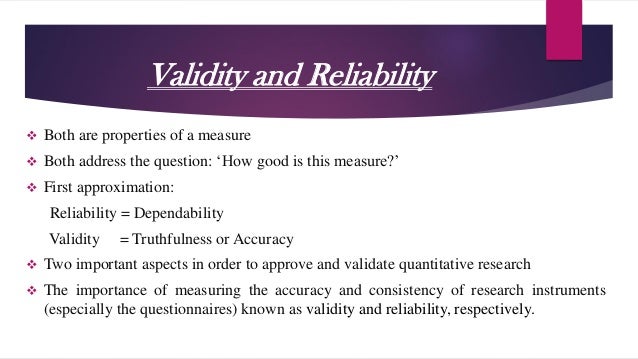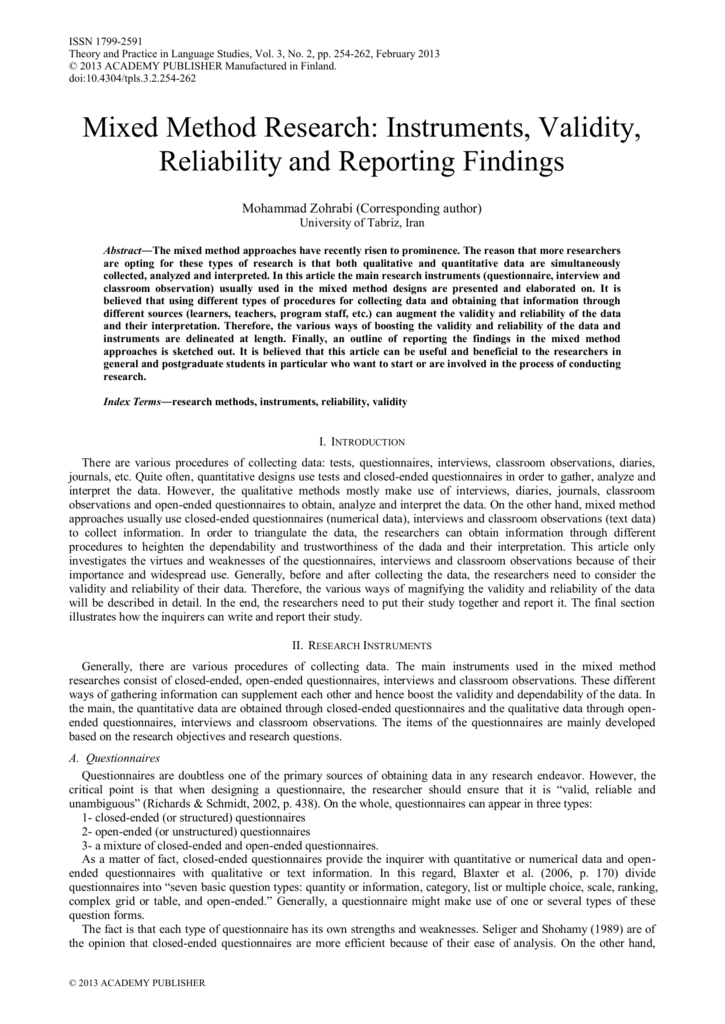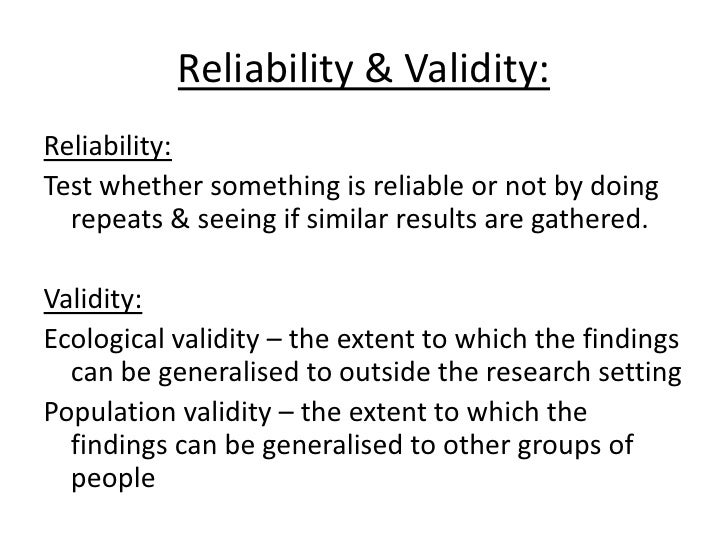


The distinct advantage of a mixed method approach is that research findings can be enriched by the effective utilisation of concurrent and sequential quantitative and qualitative data which in turn allows researchers to gain a much deeper understanding of the phenomenon of interest.īy the end of the module you will be able to: Examples of mixed methods research include the development of health surveys, assessing health outcomes, assessing health service provision and healthy quality improvement initiatives.

Hanson et al (2005) consider that mixed methods research has become increasingly popular and maybe now considered as a legitimate, stand-alone research design within health and social sciences. There are various types of mixed method including distinguishing features which focus upon methods of data collection and analysis, the relative contribution of quantitative and qualitative, and how these are sequenced within an overall research design. Over the past 25 years there have been numerous calls for increased methodological diversity in integrating quantitative and qualitative research approaches which has spawned varied typologies of a mixed method design.


 0 kommentar(er)
0 kommentar(er)
